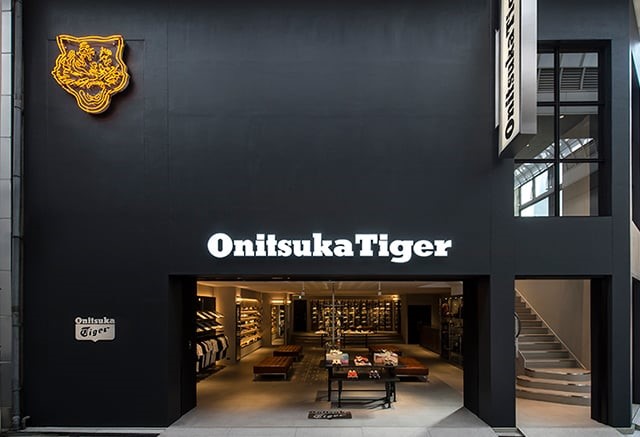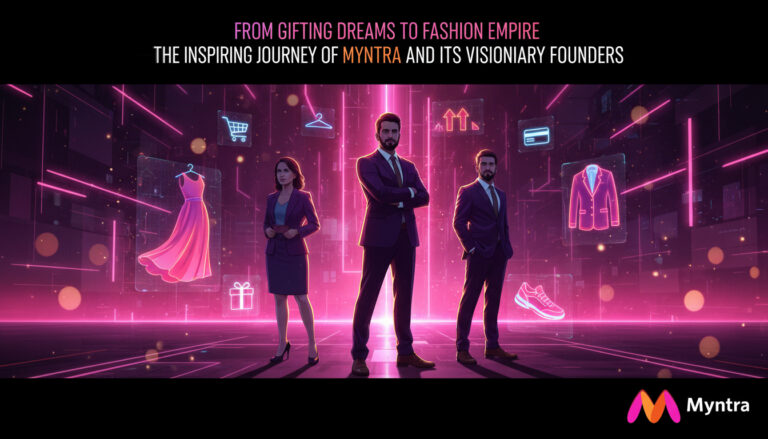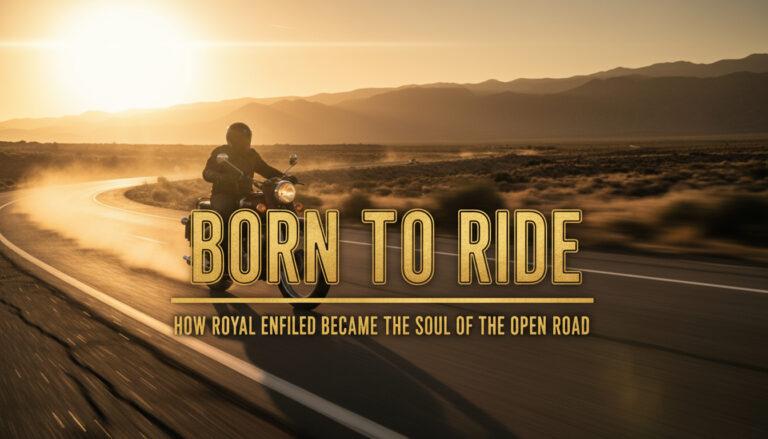Nike is the world’s most popular and biggest sportswear company. In just over 50 years, one man’s dream of better shoes turned into a global corporation worth over $100 billion. Today, we’re going back to the earliest days of Nike to figure out how that magic happened and what the ingredients were to their success.

The year was 1962, and Phil Knight had just graduated from Stanford. As any business graduate can tell you, becoming an entrepreneur is difficult if you don’t have any good ideas, but Phil had one.
He was a distance runner back in university, and in one of his business classes, he had written a paper proposing the following idea. Phil had seen how Japanese cameras had replaced the dominant German cameras in the American market, and he wondered whether Japanese shoes could do the same to Puma and Adidas, which were at the time extremely popular in America.
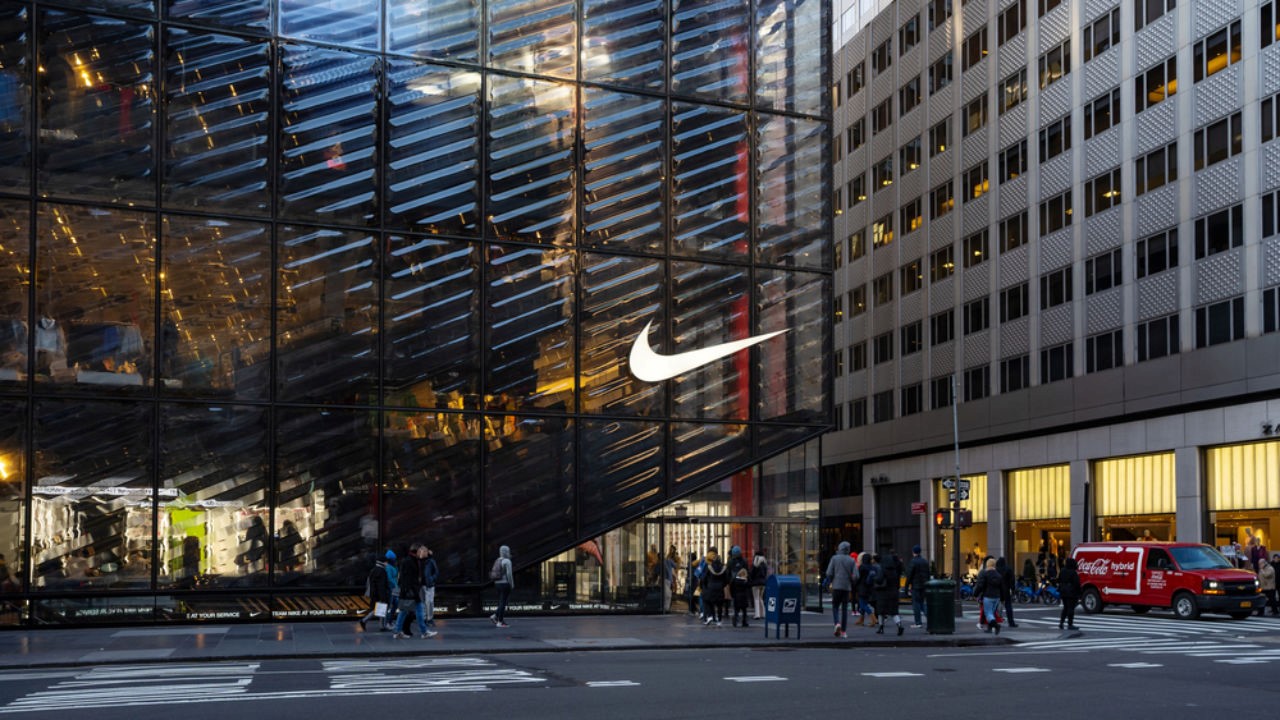
Phil, after writing his paper and graduating, became obsessed with his idea of bringing Japanese shoes to the USA. Of course, he didn’t own any Japanese running shoes and the few he had seen were brought stateside by soldiers who had been stationed in Japan during the Occupation after the Second World War.
But this lack of exposure only reassured Phil that he had stumbled upon a great opportunity. He knew that to take advantage of it, he’d have to establish contact with a Japanese company and negotiate to import their goods to America, both of which were actions he had exactly zero experience with. But, as it is befitting of the man who’d later create Nike, he went ahead and just did it.
In November 1962, he flew over to Japan like a tourist and just started exploring. In the beautiful city of Kobe, he stumbled upon a shoe store that caught his eye. It belonged to a company called Onitsuka Tiger, and the shoes they made were (for their time) very high quality, so much so that Phil was determined to import them back home.
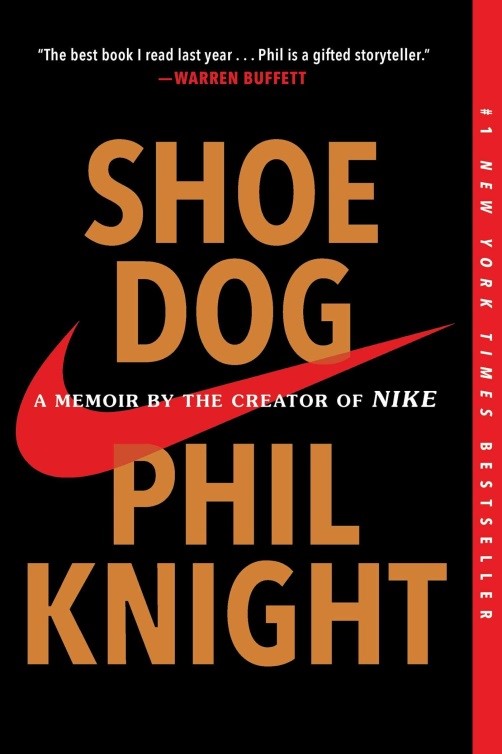
Thanks to online product suppliers, you can do the same job without going to Japan. It is called drop shipping. So you can start your brand with drop shipping like Phil did.
In Japan, he presented himself as an American shoe distributor and arranged a meeting with the company’s founder. Phil made up a company name on the spot and offered to become Onitsuka’s distributor in America, a proposal which, probably to his surprise, the owner accepted.
With nothing more than his confidence, Phil had become the exclusive distributor for Onitsuka Tiger in the USA. He received his first shipment of twelve pairs of Tiger shoes in 1963 and he started selling them out of the back of his car at every running track he could drive to.
Though, his strategy wasn’t scalable, so he went to the only person he knew who understood more about shoes than he did: his former coach at the University of Oregon, Bill Bowerman.
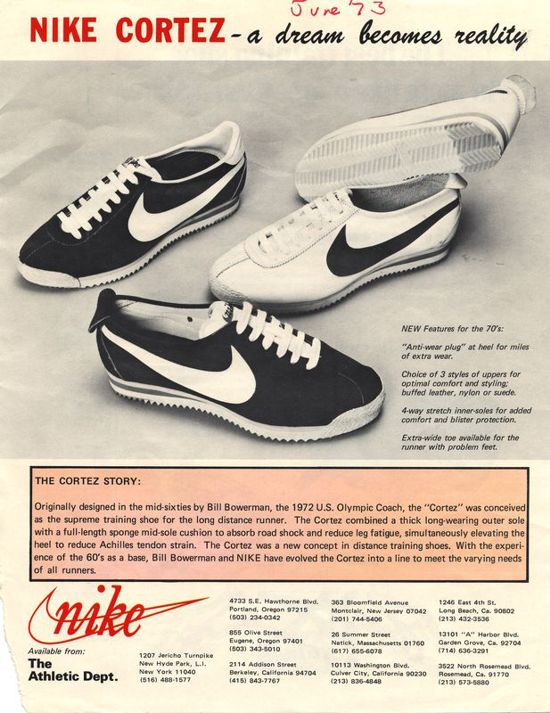
Now, Bill was easily one of the most famous coaches in America at the time: he had trained multiple Olympic athletes. He liked the Tiger shoes so much that he wanted to partner up. Thus, in January 1964, Bill and Phil incorporated Blue Ribbon Sports, each investing $500 in it. They spent all that money on their first order, which at $3.33 a pair, amounted to 300 pairs of shoes.
The shipment came through in April 1964 and thanks to Bill’s connections it was sold out by July. In their first year, BRS sold $8,000 worth of shoes and with that money, Phil started hiring salesmen for his company.
In 1965, their revenue had increased to $20,000. Pretty soon, they opened their very own store in Santa Monica. But while Phil was handling the business side of the operation, the actual innovation was coming from Bill. He was the guy who single-handedly brought jogging to America.
In 1966, he wrote a book about it that sold over a million copies, and, of course, his company was among the first to start marketing the Tiger shoes for jogging.
Bowerman was all about innovation, and with every new shipment from Onitsuka, he’d cut open a few shoes to see how they were made, and he’d always try to improve them, for example, by adding to the cushion or using more lightweight materials. He’d constantly sent his notes to Japan requesting changes; he was effectively designing Onitsuka’s shoes for them.
It was one of Bill’s designs that catapulted BRS into the mainstream: the Cortez, as he called it, became one of the best-selling shoes in 1968, undoubtedly thanks to the 1968 Olympics, held in Mexico. Thanks to Cortez, BRS sold $300,000 worth of shoes in 1969.
But they had a big problem: the Cortez was so successful that they couldn’t keep up with the demand. Every new shipment they received sold out faster than the one before, but Onitsuka kept sending them at the same glacial pace.
What Onitsuka was doing was satisfying their local demand in Japan first and then sending whatever was left to America. Phil and Bill knew that to expand, they would have to evolve beyond being just a simple distributor.
Then they realized that they held all the cards: the Cortez was Bowerman’s design, so as soon as their contract with Onitsuka expired; they were free to start making it for themselves.
Luckily for them, their contract would end in 1972, just before the Olympics in Munich. Thus, Phil had plenty of time to prepare for his big move.
In 1971, he started working on the branding: his first employee suggested calling the brand Nike, after the Greek goddess of victory.
Then, Phil needed a logo, so he went to a nearby university, snatched the first graphic design student he could find, and told her to make him a logo.
For the impressive sum of $35, he got this: the swoosh. In hindsight, that was money well spent, and with his branding now complete, Phil was ready for the Olympics.
This time, instead of locking himself into exclusive agreements, Phil established a network of subcontractors across Japan. With production under his control, Phil could finally spread his wings.
The story of Nike has become one of growth. They became the largest sportswear company in America in 1989 on the back of brilliant marketing like the “Just Do It” campaign and by signing rookie athletes that would eventually become famous across the world.
